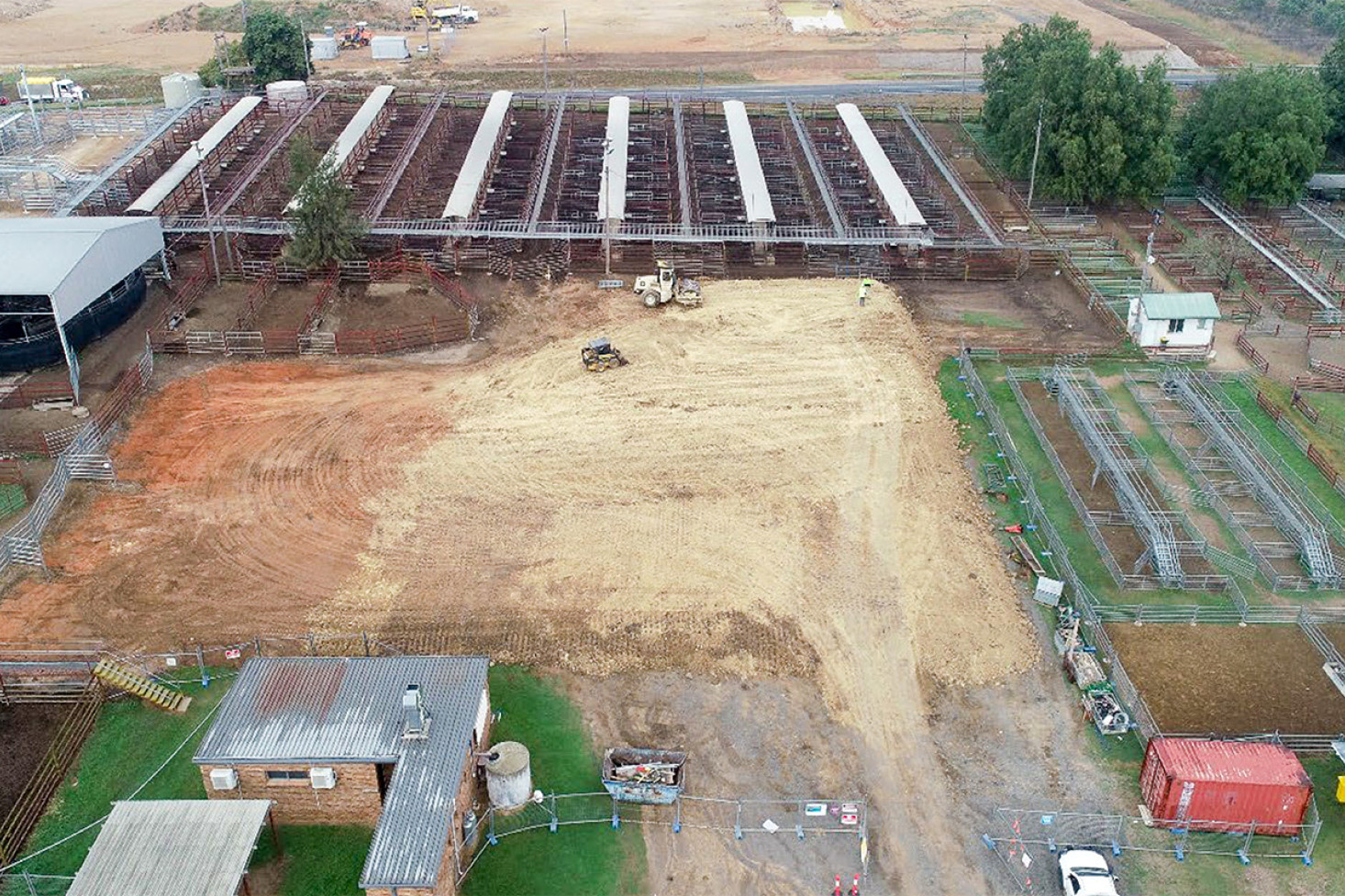Agricultural
18 November, 2024
Cattle sales down in Queensland
The National Livestock Reporting Service (NLRS) 2023–2024 Saleyard Survey, released last week by Meat & Livestock Australia, shows cattle sales have been down in Queensland over the past year.

In the year ending 30 June 2024, there were 1,123,808 cattle transacted from 20 reported cattle facilities in Queensland.
From 2022/23 to 2023/24, the Warwick Saleyards saw an increase of 22.6 per cent in cattle transactions, from 37,820 to 46,374, representing 4.1 per cent of the state.
The Harristown Saleyards in Toowoomba saw a decrease of 9.5 per cent, from 12,500 to 11,310, representing 1 per cent of the state.
Nearly a quarter of Queensland’s cattle are transacted at the Roma Saleyards, the biggest in the country, which saw 250,000 cattle pass through in 2023/24.
There is only one sheep saleyards in Queensland, Warwick, which saw a 7.1 per cent increase from 82,720 transactions to 88.565.
According to NLRS Operations Manager for MLA, Stephanie Pitt, the survey, reported voluntarily for the financial year, aims to inform industry of saleyard throughput across all states, except the Northern Territory.
“In the 2024 financial year, there were just over 18.5 million transactions made across sheep and cattle, an increase of 2.1 million livestock compared to the previous financial year,” Ms Pitt said.
“There were significant increases of livestock transacted across the country, with the largest percentage changes seen in Tasmanian cattle (28.6 per cent), South Australian cattle (27.6 per cent) and Victorian cattle (26.5 per cent).
“The biggest changes in sheep were seen in Victorian sheep (+14.8 per cent), New South Wales sheep (+14.7 per cent) and Western Australian sheep (+11 per cent).
“Cattle throughput in Western Australia and Queensland fell in the financial year, falling 3.4 per cent and 1.1 per cent respectively.”
Livestock throughput information can inform investment, and strategic direction of saleyards, as well as highlighting the social, economic and cultural value saleyards provide to rural and regional communities.
The cyclical nature of the herd and flock rebuilds alongside changing market conditions can be attributed to adjustments in livestock supply via the saleyards as producers choose different sales channels to market their stock.


